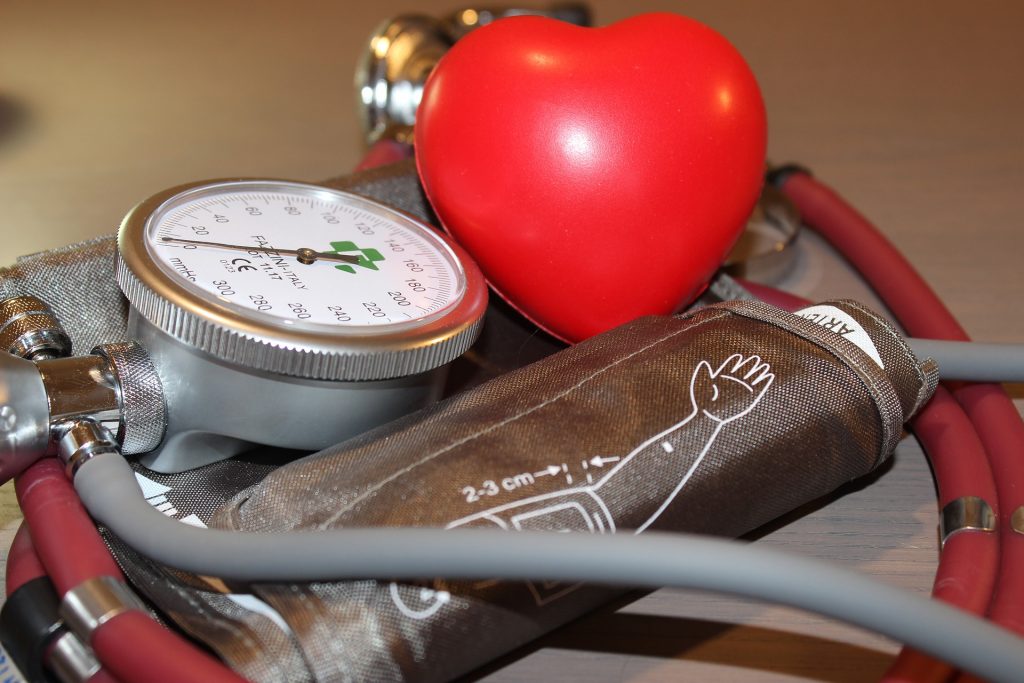Written by Christina Young and Edited by Josephine Chan

The idea of regrowing limbs may sound like something out of science fiction, but with the rise of regenerative medicine, this may become reality. Regenerative medicine is the branch of medicine that looks to regrow or renew damaged or diseased cells [1]. The most studied and sensationalized direction for regenerative medicine is stem cell therapy, which entitles growing entirely new tissues from cells in a lab. Stem cells have the potential to become any cell in the body, similar to how a person has limitless possibilities in their life, they can choose their own path, albeit limited based on the environment. These cells, known for having a high potential to “succeed” in any specific role, are impressionable and need the opportunity to learn from environmental factors before they can specialize their functions. While stem cells can be isolated from a number of places in the human body—the adult bone marrow, brain, gut, and skin—they are most commonly isolated from embryos [2]. As well, in a laboratory setting, some studies have also shown that these cells can be created by de-differentiating, or reverting, specific cells back to the high potentiality of stem cells. While this mechanism is still being explored, researchers are looking at how this reversion could be used in the treatment of cancer [2].
Due to their high potential, stem cells are important in the possibility of regrowing tissues, specifically in the production of skin grafts, heart valves, bone grafts, and even whole organs, which would revolutionize the field of organ transplantation [3]. As such, recent work has been done in the generation of different tissues for transplantation and grafting—the process of using new tissue to aid the healing of a wound—with the most complicated being heart tissue for patients suffering from diseases such as myocardial infarction (MI) [3] [4]. Due to the pressures of blood flow and beating, heart tissue needs to be robust and uniform, making it difficult to produce for grafting and replacement via other means [4] [5].
Two of the largest incentives towards the use of stem cells in tissue production and grafting for heart tissue are the rate of rejection of grafted tissue and the shortage of donors [2][5][6]. Grafting tissue is typically taken from sources such as pigs for heart valves, organ donor programs, and skin from your inner thigh for facial reconstruction [2]. As for tissues that are donated, due to differences between individuals, your body can notice if “foreign” tissue is present on your body, making transplantation a highly sensitive matter [6]. Many different approaches have been considered when designing stem cells for tissue grafting in order to maintain tissue integrity and for tissue acceptance. By using stem cells grown from the patient themselves, it is possible to eliminate rejection of the new tissue [2]. While there are many hopes and ongoing studies into the utilization of stem cells for these purposes, some ethical issues have also emerged regarding the idea of altering the natural course of a life [3]. Despite these arguments, issues remain in the necessity for grafting and transplantation tissue, making regenerative medicine and stem cell work a grey-area solution to mend a broken heart.
References:
- “About Regenerative Medicine” Center for Regenerative Medicine, Mayo Clinic. Accessed 16 Feb 2021. https://www.mayo.edu/research/centers-programs/center-regenerative-medicine/about/about-regenerative-medicine
- Reya, T. Morrison, S.J., Clarke, M.F., Weissman, I.L. (2001) Stem cells, cancer, and cancer stem cells, Nature, 414: 105-111.
- Stevens, K.R., Murray, C.E. (2018) Human pluripotent stem cell-derived engineered tissues: clinical considerations, Cell Stem Cell, 22: 294-297.
- Guo, R., Morimatsu, M., Feng, T., Lan, F., Chang, D., Wan, F., Ling, Y. (2020). Stem cell-derived cell sheet transplantation for heart tissue repair in myocardial infarction. Stem Cell Research & Therapy, 11: 19.
- Goldfracht, I., Protze, S., Shiti, A., Setter, N., Gruber, A., Shaheen, N., Nartiss, Y., Keller, G., Gepstein, L. (2020) Generating ring-shaped engineered heart tissues from ventricular and atrial human pluripotent stem cell-derived cardiomyocytes, Nature Communications, 11: 75.
- Burrue, M.T., Werner, B.C., Crow, A.J., Brockmeier, S.F., Carson, E.W., Miller. M.D., Diduch, D.R. (2014). Increased Failure Rates After Anterior Cruciate Ligament Reconstruction With Soft-Tissue Autograft-Allograft Hybrid Grafts, Arthroscopy: The Journal of Arthroscopic & Related Surgery, 31: 2342-2351.
